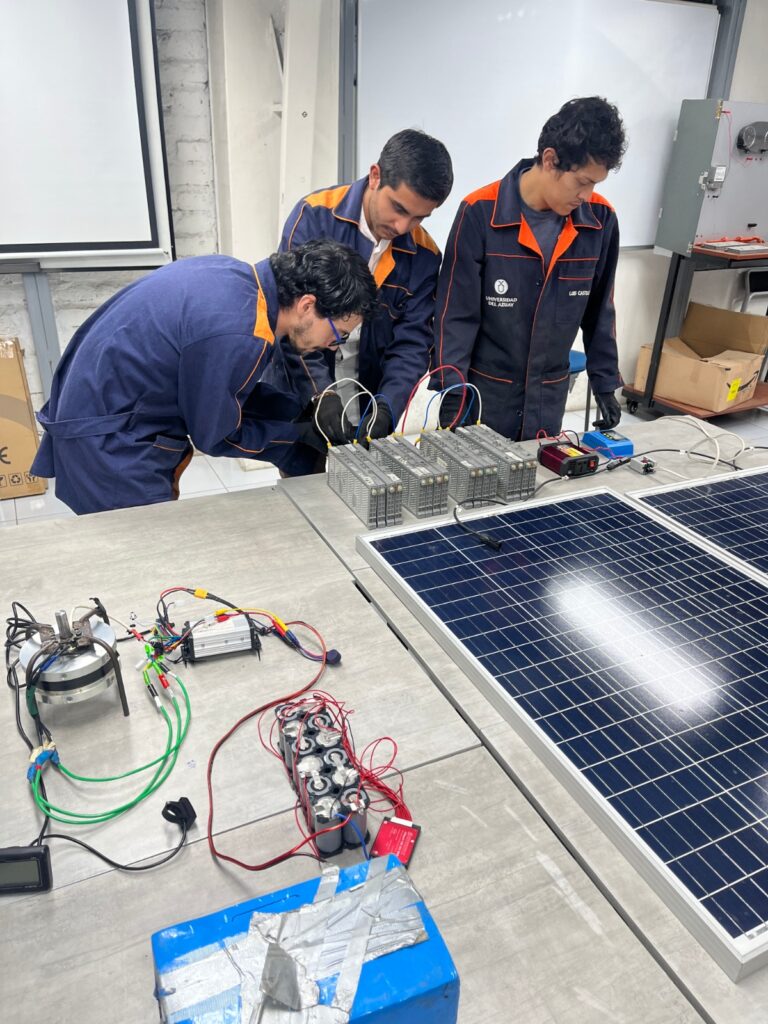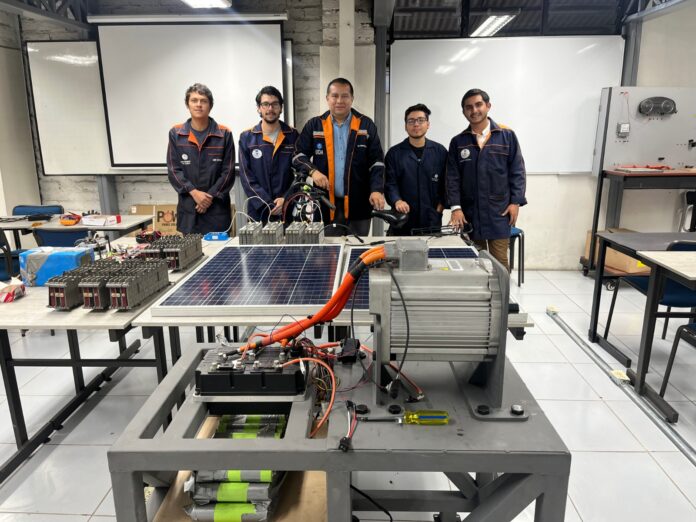Hybrid and electric vehicles are considered as a technology that helps to mitigate pollution levels in the air. In our country, hybrid vehicles were introduced in 2010 and at the moment they remain as an alternative to mobility in different cities. According to statistics up to the year 2022, it is observed that the sales of hybrid vehicles have increased, several factors have contributed to this, such as the increase in fuel prices and exemption from tariffs for this type of vehicle.
These vehicles incorporate nickel metal hydride (NiHm) batteries that play an important role in their operation. These batteries, being continuously in operation, suffer constant charges and discharges, as a consequence, they generate problems that many times the manufacturer proceeds to change the entire battery set. But most of the times the failures are presented by one or two cells, the rest can be reused again, using a recovery methodology they can be reused as energy storage media and supply it in different applications.
From the academy we seek to generate future solutions that involve the reuse of these batteries, we all ask ourselves: what will happen to these batteries when they meet their useful life in this type of vehicle? . A possible solution is the development and implementation of a circular economy process where effective recycling methods of this type of batteries are used, they can be disassembled and through charging and discharging processes they can be selected for reuse as storage media. of alternative energy in this way contribute to the care of the environment.

In conjunction with several undergraduate students from the Automotive Mechanics Engineering degree and the Master’s Degree in Electric Propulsion Systems from the University of Azuay, research projects have been developed that range from the search for methodologies for suitable recycling processes for NiHm batteries to the development of medium power prototypes with the purpose of supplying electrical energy in various applications. These prototypes can be adapted to photovoltaic systems to recharge battery packs for the purpose of storing energy.

With the work developed by our students and the proposed methodologies, satisfactory results have been obtained, with the different prototypes built at different power ranges; It has been possible to validate this methodology and improve the design of battery packs. Developments range from energy supply systems in homes in rural areas, chargers for electric bicycle stations, optimization of battery systems in electric vehicles, etc. The results obtained show that the use of these batteries within a second life process is viable and the implementation costs can be covered depending on the demand and autonomy of the system. In the same way, they can be considered as low-cost systems that can reach rural areas that are difficult to access and be able to provide energy with automatic systems for battery charge control and thus avoid the total discharge of the cells, which could cause damage to the batteries. the same.
The project is related to the fulfillment of the Sustainable Development Goal number 7: Affordable and non-polluting energy. As it is an investigation with the development of prototypes, several results obtained in different congresses and magazines related to the subject have been presented, where several feedbacks have been obtained from experts that have allowed us to improve our designs and continue expanding the studies in this very subject. important for the development of sustainable cities.
*****
By: Efrén Fernández Palomeque PhD. Professor of the Faculty of Science and Technology of the University of Azuay.
